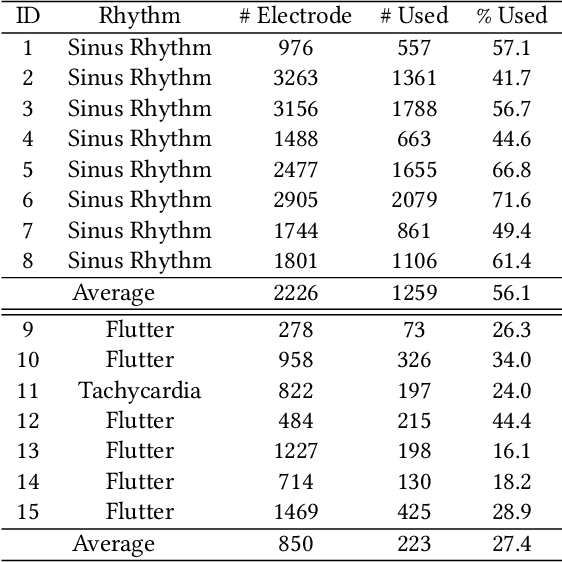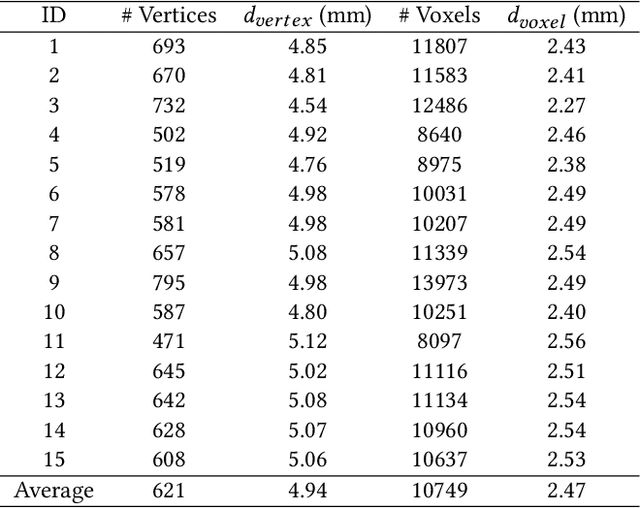Patient-Specific Heart Model Towards Atrial Fibrillation
Paper and Code
Oct 23, 2022



Atrial fibrillation is a heart rhythm disorder that affects tens of millions people worldwide. The most effective treatment is catheter ablation. This involves irreversible heating of abnormal cardiac tissue facilitated by electroanatomical mapping. However, it is difficult to consistently identify the triggers and sources that may initiate or perpetuate atrial fibrillation due to its chaotic behavior. We developed a patient-specific computational heart model that can accurately reproduce the activation patterns to help in localizing these triggers and sources. Our model has high spatial resolution, with whole-atrium temporal synchronous activity, and has patient-specific accurate electrophysiological activation patterns. A total of 15 patients data were processed: 8 in sinus rhythm, 6 in atrial flutter and 1 in atrial tachycardia. For resolution, the average simulation geometry voxel is a cube of 2.47 mm length. For synchrony, the model takes in about 1,500 local electrogram recordings, optimally fits parameters to the individual's atrium geometry and then generates whole-atrium activation patterns. For accuracy, the average local activation time error is 5.47 ms for sinus rhythm, 10.97 ms for flutter and tachycardia; and the average correlation is 0.95 for sinus rhythm, 0.81 for flutter and tachycardia. This promising result demonstrates our model is an effective building block in capturing more complex rhythms such as atrial fibrillation to guide physicians for effective ablation therapy.
 Add to Chrome
Add to Chrome Add to Firefox
Add to Firefox Add to Edge
Add to Edge